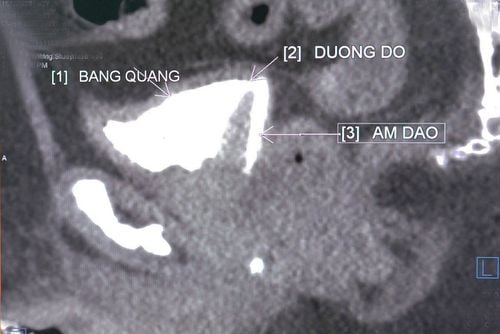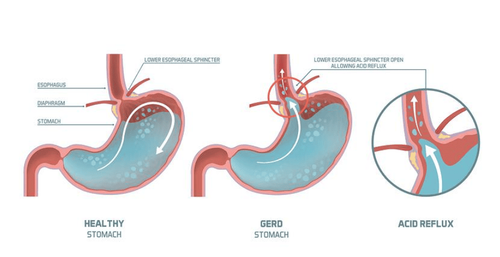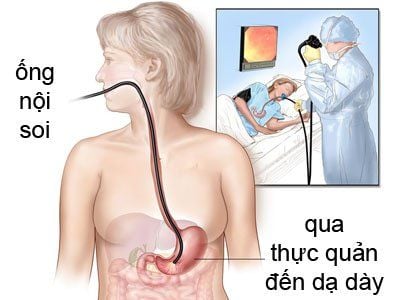This is an automatically translated article.
Esophageal stricture is a condition in which part of the esophagus is damaged, causing the esophagus to narrow, leading to obstruction of the passage of food to the stomach. The narrowing of the esophagus makes it difficult for patients to eat and drink, often choking, difficulty swallowing and feeling chest pain.
1. Overview of esophageal stricture
There are many causes of esophageal obstruction, including congenital, benign or malignant narrowing of the esophagus, complications of gastroesophageal reflux, esophageal trauma, side effects of radiation therapy to the neck area. , chest, treatment of esophageal varices.
On closer examination, the doctor will find that the diameter of the esophagus is narrower than normal. Patients will see signs such as: difficulty swallowing solid food, solid; when eating, feeling that food is stuck in the throat or chest, heartburn, shortness of breath, or shortness of breath, pain in the epigastrium. Symptoms gradually increase as the ring grows larger, leading to an increasingly narrow esophagus. Food blockages can cause severe pain and need to be cleared with an endoscope.
Advantages of esophageal stricture treatment under enhanced radiography:
No need for general anesthesia; The tools used are very small in size, so they can easily pass through the narrow space, with minimal penetration; High success rate, few complications; Applicable to some cases where surgery is no longer indicated or surgery has been performed. Indications:
Postoperative esophageal stenosis; Esophageal obstruction due to tumor from the esophagus or mediastinum but no longer viable for surgery; Preoperative intervention (patient waiting for surgery or not eligible for surgery). Contraindications
Systemic infections; Esophageal perforation, damage to the esophagus from any cause; Severe esophageal varices, with a high risk of bleeding.
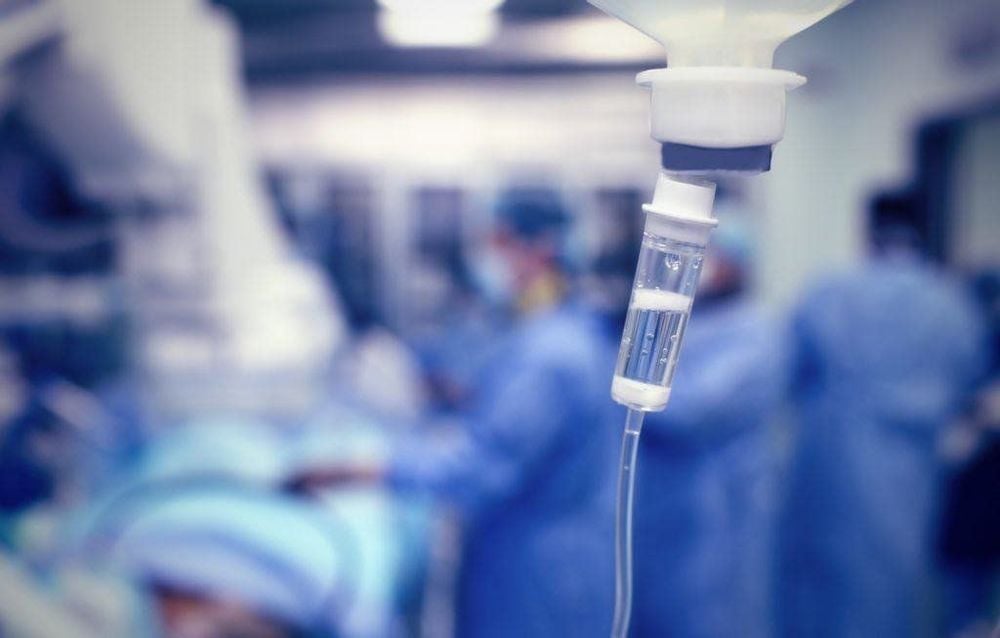
Ưu điểm điều trị hẹp tắc thực quản dưới X quang tăng sáng là không cần gây mê toàn thân
2. Treatment of esophageal stricture under bright X-ray
2.1 Preparation
To perform the procedure to treat esophageal stricture under X-ray luminosity, it is necessary to prepare:
Implementation team:
Specialist doctor, auxiliary doctor; Electro-optical technician; Anesthesiologist/technologist (in case the patient is difficult to cooperate); Nursing. Means of use:
Fluoroscopy; Film, film printers and image storage systems; Set of lead vest, apron to help shield from X-rays. Common medical supplies: 5.10ml syringe, distilled water (physiological saline), surgical clothing; sterile intervention kit (knife, scissors, forceps, tool tray, etc.), cotton gauze, surgical adhesive tape; medicine box and accident first aid box.
Special medical supplies:
Standard angiographic catheter 4-5F; The standard 0.035' lead corresponds to the angiographic catheter; Stent tube: specialized gastrointestinal tract support; Pressure pump using balloons; Specialized balloons. Medicines: Including local anesthetics, general anesthesia (if necessary), water-soluble iodine contrast agents, skin and mucosal antiseptic solutions.
Patients need to prepare:
Be explained in detail about the procedure to coordinate with the doctor. Perform clinical examination before the procedure. Fasting, drinking before 6 hours. Do not drink more than 50ml of water. In the intervention room: The patient lies on his or her side, depending on the drainage position. The doctor installed a machine to monitor breathing, pulse, electrocardiogram, blood pressure, oxygen saturation in peripheral blood. In case the patient is too excited, unable to lie still, sedation will be prescribed.
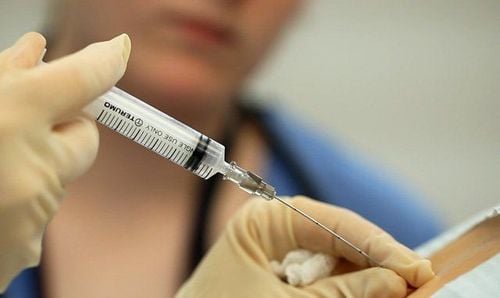
Điều trị hẹp tắc thực quản dưới X quang tăng sáng cần sử dụng thuốc gây mê tại chỗ
2.2 Treatment of esophageal stricture
Steps to perform the treatment of esophageal stricture under enhanced X-ray:
Step 1: Assess the location of the stenosis
Insert the catheter and guide through the mouth to reach the esophageal stricture. Withdraw the lead and inject the water-soluble contrast medium to facilitate visualization of the extent and location of the stenosis. Step 2: Approach the narrow site
Under the guidance of the magnifying X-ray screen, pass the guide wire through the narrow position, then pass the tube through the narrow position under the guide wire guide; Inject contrast agent through the catheter to determine the location, extent, and length of the stricture. Step 3: Dilatation - stent placement at the narrow location
Insert the wire and tube through the esophageal stricture; Use a balloon at the site of esophageal stricture; Place and inflate the stent through the wire. Step 4: Finish the procedure
Check the circulation from the esophagus to the stomach with contrast agent; Withdraw all leads and catheters. Step 5: Evaluation of results
The procedure is successful when the gastrointestinal tract is recirculated from the esophagus to the stomach, the degree of narrowing after the procedure is < 30%; Do not drain the contrast agent outside the esophagus.

Sau phẫu thuật, bệnh nhân có thể xảy ra biến chứng tắc ruột
3. Complications after the procedure and treatment direction
Complications after the procedure to treat esophageal stricture include:
Stent slip: Due to the size of the selected stent not matching the degree of esophageal stricture. Intestinal Obstruction: Stent slips downstream or due to fibrous, poorly cooked food getting stuck in the stent causing intestinal obstruction. Esophageal perforation: Emergency surgery is required. Bleeding: When you see gastrointestinal bleeding, it is necessary to continuously monitor and treat medically. Endoscopic intervention may be possible to stop bleeding if bleeding does not stop. Esophageal stricture often causes discomfort and inconvenience in daily life, and poses many risks to the patient's health. At a mild level, patients only need to improve their eating habits to overcome the condition. However, if the symptoms are more severe, the patient should quickly go to specialized medical facilities for a doctor to examine and suggest an effective treatment plan.




